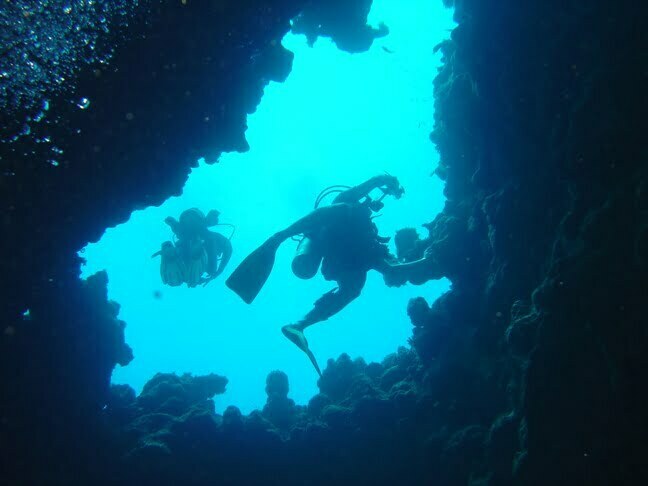Coral reef bleaching
Coral reef bleaching, the whitening of diverse invertebrate taxa, results from the loss of symbiotic zooxantheallae and/or a reduction in photosynthetic pigment concentrations in zooxanthellae residing within scleractinian corals.
Coral reef bleaching is caused by various anthropogenic and natural variations in the reef environment including sea temperature, solar irradiance, sedimentation, xenobiotics, subaerial exposure, inorganic nutrients, freshwater dilution, and epizootics. Coral bleaching events have been increasing in both frequency and extent worldwide in the past 20 years.
Global climate change may play a role in the increase in coral bleaching events, and could cause the destruction of major reef tracts and the extinction of many coral species.
Thank you Jason Buchheim Director, Odyssey Expeditions.
There are certainly negative effects of coral reef bleaching in the marine ecosystem. The first dominant effect is the disruption of marine life.
 Like humans, imbalance in the naturally-occurring life support system in habitats, like temperature, nutrient requirements and air or water quality will lead to extinction. In the case of coral bleaching, a number of coral diseases have sprouted due to the stress in bacterial, fungi and viral intrusion in bodies of water. Individual stressors induce a negative effect which is further exacerbated by other stress factors. Some of the coral reef diseases that have sprouted in the last 10 years include black-band disease, white pox disease, yellow blotch disease, and white plague, among others.
Like humans, imbalance in the naturally-occurring life support system in habitats, like temperature, nutrient requirements and air or water quality will lead to extinction. In the case of coral bleaching, a number of coral diseases have sprouted due to the stress in bacterial, fungi and viral intrusion in bodies of water. Individual stressors induce a negative effect which is further exacerbated by other stress factors. Some of the coral reef diseases that have sprouted in the last 10 years include black-band disease, white pox disease, yellow blotch disease, and white plague, among others.
Live corals give the coral reef its structure, where a variety of marine species like fish, crustaceans and water plants thrive in the coral caves and holes in symbiotic harmony. Known coral reef fish are directly dependent on the corals for food, while other species inhabit it to protect themselves from predators, and as nestling and breeding site for eggs or larvae. When coral reefs die, fish and marine specie eventually decrease in number because of the disruption of their breeding site, and eventually they die too.

Effects of Coral Reef Bleaching
This phenomenon directly impact humans, obviously with negative effects on the livelihood of fishing communities that have to make do with lesser catch that translates to reduced food supply and loss of income. The change in the marine ecosystem also significantly impact the whole balance of nature as food chains are disrupted, and water species migrate to other bodies of water unsuitable for them.
Aside from signifying serious problems in the global marine life, coral reef bleaching is also a sign of impending problems like drought (El Nino).